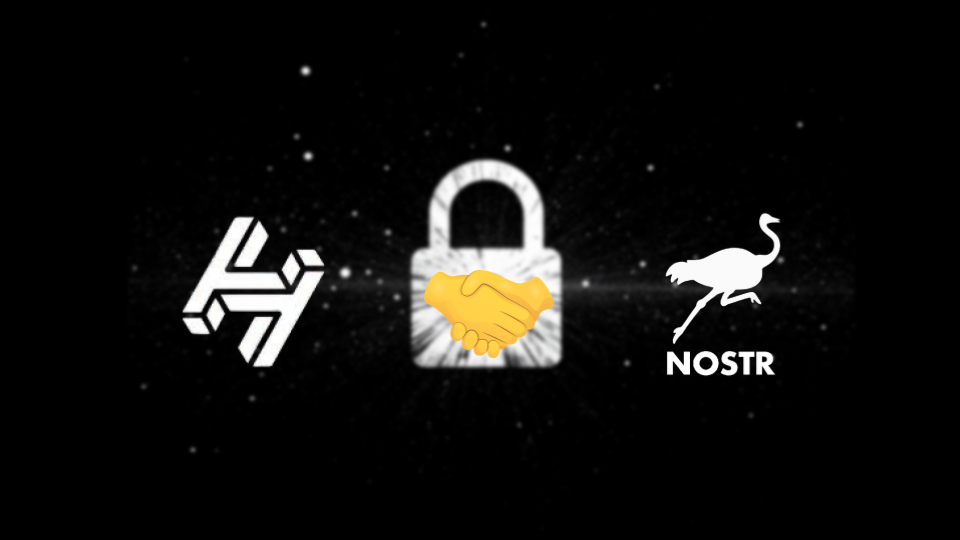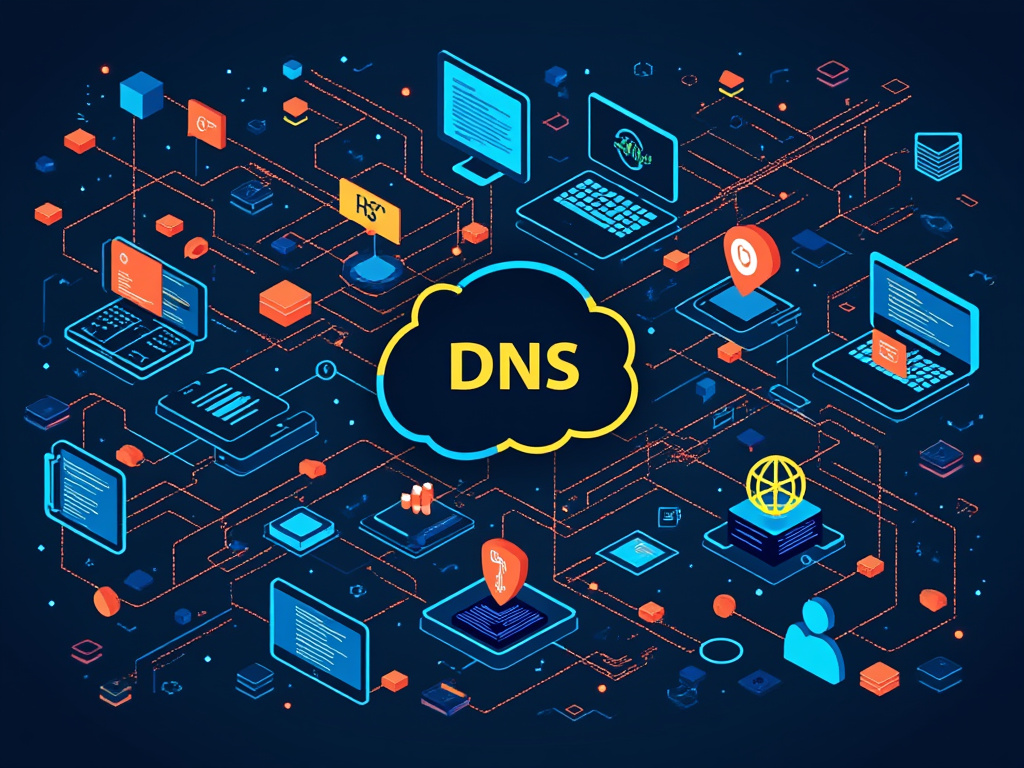4 min to read
Forging the Future of Privacy: Handshake and NOSTR
The Ideal Partnership for Decentralized, Secure Communication in the Digital Age

Handshake Protocol and NOSTR: Complementary Technologies for Decentralized, Secure Communication
Abstract
This document outlines the technical rationale for why the Handshake Protocol and NOSTR (Notes and Other Stuff Transmitted by Relays) are ideal partner technologies. Both are decentralized protocols designed to enhance privacy, security, and censorship resistance. By integrating these technologies, developers can build robust systems that ensure secure communication, reliable identity verification, and a decentralized architecture resistant to traditional forms of control and censorship.
1. Introduction
In an increasingly centralized internet landscape, the need for decentralized protocols that prioritize privacy, security, and censorship resistance is critical. Handshake and NOSTR are two technologies designed with these goals in mind. Handshake is a decentralized, permissionless naming protocol compatible with the Domain Name System (DNS). NOSTR is a decentralized, censorship-resistant messaging protocol. This document explores how these two technologies complement each other, providing a foundation for secure, decentralized communication.
2. Overview of Handshake Protocol
2.1 Decentralized Naming System
Handshake is a blockchain-based protocol that aims to replace the existing Certificate Authorities (CAs) and Domain Name System (DNS) hierarchies with a decentralized, permissionless network. Instead of relying on centralized entities, Handshake uses a distributed ledger to manage the ownership and resolution of domain names.
2.2 Security Features
- DNSSEC Integration: Handshake is fully compatible with DNSSEC, ensuring the authenticity of DNS records.
- Cryptographic Ownership: Domain ownership on Handshake is secured through cryptographic keys, providing strong guarantees against unauthorized changes.
- Resistance to Censorship: By decentralizing the root DNS zone, Handshake eliminates single points of control, making it resistant to censorship and takedowns.
3. Overview of NOSTR
3.1 Decentralized Communication
NOSTR is a protocol for building decentralized, censorship-resistant communication networks. Unlike traditional messaging platforms that rely on central servers, NOSTR uses a network of relays to distribute messages. Users sign their messages with cryptographic keys, and relays ensure the messages are propagated across the network.
3.2 Key Features
- End-to-End Encryption: NOSTR supports encryption, ensuring that only intended recipients can read the messages.
- Censorship Resistance: By distributing messages across multiple relays, NOSTR is resilient to censorship and denial-of-service attacks.
- User-Controlled Identities: Users generate their cryptographic identities, ensuring they control their presence on the network without reliance on centralized entities.
4. Synergy Between Handshake and NOSTR
4.1 Identity Verification and Trust
One of the primary challenges in decentralized communication is establishing trust between users. Handshake’s decentralized naming system can serve as a trust anchor for NOSTR identities. By integrating Handshake domains with NOSTR public keys, users can verify each other’s identities more easily, using the decentralized, trustless mechanism that Handshake provides.
4.2 Enhanced Security
Handshake can enhance the security of NOSTR by providing a decentralized, cryptographically secure way to resolve the identities of relays and users. This eliminates the risk of man-in-the-middle attacks or DNS spoofing, which could otherwise compromise the integrity of communications.
4.3 Censorship Resistance
Both Handshake and NOSTR are designed to resist censorship, but their combined use further strengthens this capability. Handshake ensures that domain names and identity verifications cannot be censored or tampered with, while NOSTR ensures that messages can be disseminated across multiple relays without the risk of central control.
4.4 Decentralized Infrastructure
NOSTR’s reliance on multiple relays for message propagation aligns perfectly with Handshake’s decentralized approach to domain management. Together, they form a fully decentralized stack where both the communication layer and the underlying infrastructure are free from centralized points of failure.
5. Practical Use Cases
5.1 Secure, Censorship-Resistant Websites
Developers can use Handshake domains to host websites that are resilient to censorship and takedowns. By integrating NOSTR, these websites can include secure, decentralized communication channels, allowing users to interact without fear of surveillance or censorship.
5.2 Decentralized Social Networks
By combining Handshake for domain resolution and NOSTR for messaging, developers can create decentralized social networks where users have full control over their identities, data, and communication channels.
5.3 Encrypted, Private Communication Platforms
Developers can leverage NOSTR’s encryption and Handshake’s secure identity verification to build private communication platforms that guarantee end-to-end security, even in hostile environments.
6. Conclusion
The Handshake Protocol and NOSTR are naturally aligned in their goals to decentralize control, enhance security, and resist censorship. Handshake provides a robust, decentralized naming and identity verification system, while NOSTR ensures secure, censorship-resistant communication. Together, they offer a powerful foundation for building the next generation of decentralized applications.
7. Future Work
Further research and development are needed to integrate Handshake and NOSTR more tightly, possibly through the creation of middleware or libraries that simplify their combined use. Additionally, exploring the potential for cross-chain functionality or broader interoperability with other decentralized technologies could unlock new possibilities for secure communication and identity verification.
8. References
[1] Handshake Whitepaper: Handshake - The Decentralized, Permissionless
Naming Protocol
[2] NOSTR Documentation: NOSTR - Decentralized, Censorship-Resistant
Messaging Protocol
[3] Team.x X Account
[4] Team.x Website



Comments